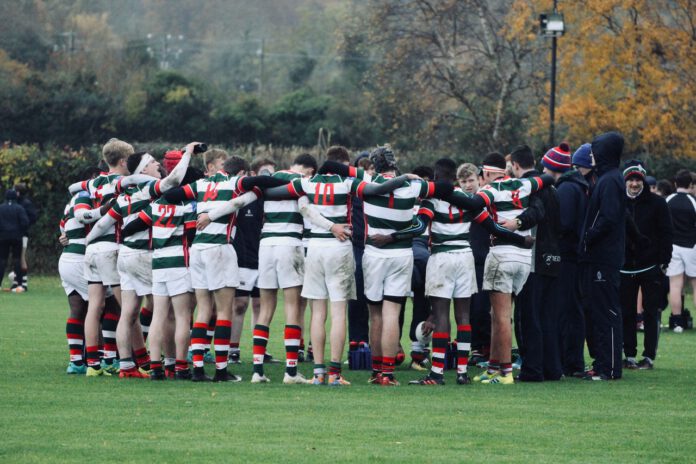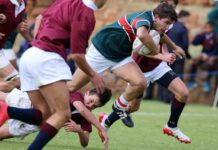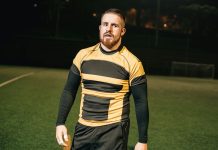Out there in the centre doing his thing is Riki Flutey, a full blown New Zealand Maori, while pulling the strings at fly-half is Danny Cipriani whose Mardi Gras approach to rugby and indeed life reflects the land of his father – Trinidad and Tobago.
Up front the old Empire is serving England well. And why not? England has become their home, the connections are real, not spurious.
Dylan Hartley fled Rotorua, New Zealand in his late teens – perhaps to escape the sulphurous smells? – and has forged a rugby career as a naturalised Englishman, while the South African-born and reared Matt Stevens has also become a force to be reckoned with in the front row.
You could raise the “mercenaries” argument but the business world is full of transplanted ex-pats on the move, why should sport and rugby be different?
Bath’s excellent flanker Michael Lipman – battling hard for a starting position at openside flanker – was born in England but grew up as a young Aussie and won an under-21 cap Down Under and didn’t Nick Easter’s great grandfather Pieter Le Roux once play for the Springboks?
You get the point. It’s the world we live in. English rugby has become a veritable potpourri of racial and national groupings – not to mention varying accents – and a strong reflection of the country itself at the dawn of the 21st century. Without doubt the most multi-racial and multi-cultural country in the world.
It wasn’t always thus. Although James ‘Darkie’ Peters – the orphaned son of a Jamaican lion tamer who was mauled to death in a cage – became the first black player to represent England at rugby in 1906, against Scotland, but we had to wait until 1988 for the next ‘black cap’ – Cambridge University speedster Chris Oti on the wing.
The long decades between Peters’ and Oti’s England appearances are the subject of much debate but race played its part.
Certainly England – and other Home Union countries for that matter – had no problems picking off the occasional white antipodean who was duel qualified or on a scholarship at Oxbridge, so nationality per se wasn’t a huge problem.
The case for English black players to be picked grew ever stronger in the 70s and 80s – Ralph Knibbs, Bob Demming and Floyd Steadman can also consider themselves unlucky to miss out on full honours – but when Oti finally persuaded the selectors he was simply too good to leave out, the floodgates opened. It was a Eureka moment.
In no time at all Jeremy Guscott – of West Indian heritage – was doing great things for England along with a host of Nigerian born players – Andrew Harriman, Victor Ubogu, Ade Adebayo and Steve Ojomo, while the sky appeared to be the limit for Francis Emeruwa before he suffered a career ending injury playing for Wasps.
They were all modern-day pioneers who put the template in place for the current crop.
UN comes to Twickenham
West Indian heritage
Full caps: Delon Armitage (via France), Jeremy Clayton Guscott, Danny Cipriani, Paul Hull, Paul Sackey.
England A: Steffon Armitage, Eddie Saunders, Bob Demming, Floyd Steadman, Mike Wedderburn, Paddy Dunston, Everton Davis, Clint McGregor, Ralph Knibbs, Marcel Garvey.
England sevens: Nick Baxter, Miles Benjamin, Noah Cato.
Nigerian
Full caps: Chris Oti, Andrew Harriman, Victor Ubogu, Ade Adebeyo, Steve Ojomoh, Ugo Monye, Topsy Ojo.
England A: Francis Emeruwa.
Ghanaian
Full cap: Paul Sackey.
New Zealand
Full caps: Riki Flutey, Mark Van Gisbergen, Lesley Vainikolo (Tongan- born), Dylan Hartley, Henry Paul.
South African
Full caps: Mike Catt, Matt Stevens, Stuart Abbot, Nick Abendanon.
Australian
Full cap: Michael Lipman.
England A: Shane Drahm.
Iranian
England A: Aadel Kardooni.
Norwegian
Full cap: Magnus Lund.
Malaysian
Full caps: Rory and Tony Underwood
Italian










